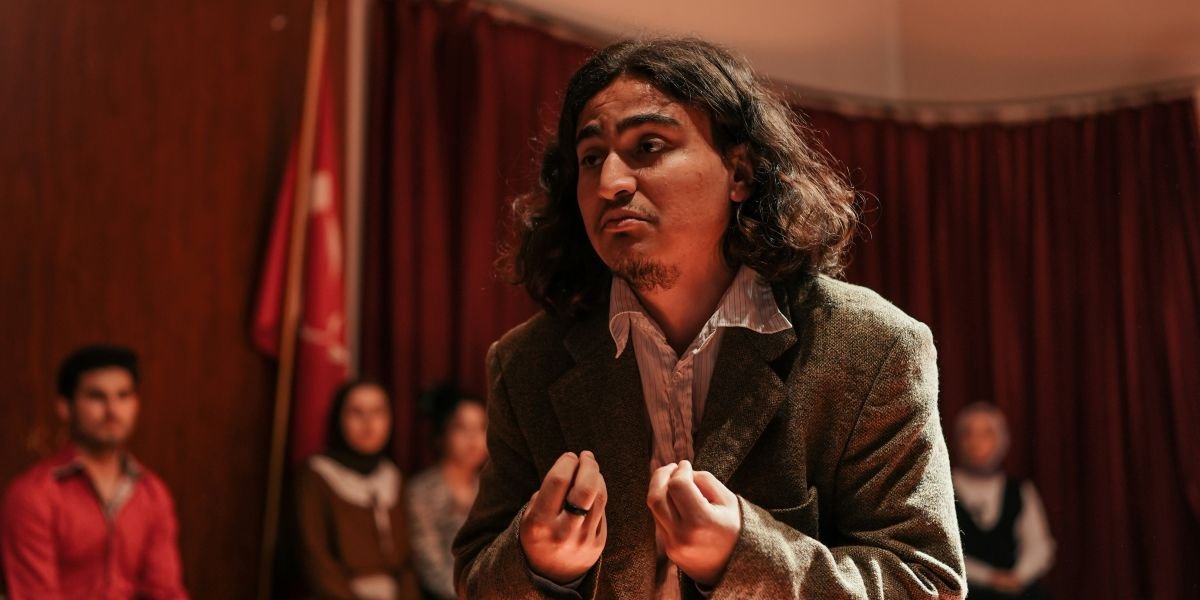Storytelling is at the heart of effective videography. It transforms simple visuals into engaging and memorable experiences that resonate with audiences. Whether you are creating a short film, a commercial, or a corporate video, incorporating storytelling can elevate your work and make a lasting impact. In this article, we will highlight the role of storytelling in videography, share tips for crafting compelling narratives, and provide examples of powerful story-driven videos.
Why is Storytelling Crucial in Videography?
Storytelling is crucial in videography because it gives meaning and context to the visuals, creating a deeper connection with the audience. A well-told story can evoke emotions, convey messages, and inspire action. Without a compelling narrative, even the most visually stunning videos can feel flat and forgettable.
In the realm of marketing and advertising, storytelling helps brands connect with consumers on a personal level. By sharing stories that reflect their values, challenges, and triumphs, brands can build trust and loyalty. For instance, a commercial that tells a heartfelt story about overcoming adversity is more likely to resonate with viewers than one that simply lists product features.
In documentary filmmaking, storytelling brings real-life events and issues to life, making them more relatable and impactful. By following the journeys of individuals or communities, documentaries can highlight important social issues and drive change. The personal stories within these films help viewers understand complex topics and empathize with those involved.
Storytelling also plays a vital role in educational and instructional videos. By presenting information in a narrative format, these videos can make learning more engaging and memorable. Stories help to contextualize facts and concepts, making them easier to understand and retain. For example, a training video with real-world scenarios and characters can help employees better grasp and apply new skills.
How Can You Craft Compelling Narratives in Videography?
Crafting compelling narratives in videography involves several key elements. First and foremost, you need a clear and engaging story. This begins with identifying your message or theme. What do you want to convey to your audience? Whether it’s a brand message, a social issue, or an educational topic, having a clear focus will guide your storytelling process.
Next, create relatable characters. Characters are the heart of your story, and they help viewers connect with the narrative on an emotional level. Whether they are real people in a documentary or fictional characters in a short film, they should be well-developed and relatable. Give them clear motivations, challenges, and growth throughout the story.
Structure your story with a beginning, middle, and end. The beginning should introduce your characters and setting, the middle should present a conflict or challenge, and the end should provide a resolution. This classic narrative structure helps maintain viewer interest and provides a satisfying conclusion.
Visuals and sound play a crucial role in storytelling. Use visuals to show rather than tell your story. Cinematography, editing, and special effects should enhance the narrative, not distract from it. Sound, including dialogue, music, and sound effects, should complement the visuals and help convey the story’s mood and emotion. For instance, a well-chosen soundtrack can elevate a scene’s emotional impact and make the story more memorable.
Pacing is another important element. A well-paced story keeps the audience engaged from start to finish. This involves balancing slower, reflective moments with more dynamic, action-packed scenes. Avoid dragging out scenes or rushing through key plot points. Instead, maintain a rhythm that suits the story and keeps viewers invested.
What Are Some Examples of Powerful Story-Driven Videos?
There are countless examples of powerful story-driven videos that demonstrate the importance of storytelling in videography. One notable example is the commercial “The Man Your Man Could Smell Like” by Old Spice. This advertisement tells a humorous and engaging story that not only showcases the product but also entertains the audience. The character-driven narrative, combined with clever visuals and dialogue, made it a memorable and highly effective marketing campaign.
Another example is the short film “Pip” by Southeastern Guide Dogs. This animated short tells the story of a small dog named Pip who overcomes various challenges to become a guide dog. The film’s emotional narrative and relatable character resonate with viewers, making it a powerful tool for raising awareness and support for the organization.
In the realm of documentaries, “13th” by Ava DuVernay is a compelling example. This documentary explores the history of racial inequality in the United States, focusing on the nation’s prisons. Through powerful storytelling, the film connects historical events to contemporary issues, making a strong case for criminal justice reform. The personal stories and expert insights presented in the film make the complex topic accessible and impactful.
Strong storytelling can also benefit educational videos. The YouTube channel “CrashCourse” by John and Hank Green is a prime example. Each video presents educational content through engaging narratives, characters, and visuals. This approach makes learning fun and memorable, helping viewers better understand and retain information.
Storytelling is a vital component of successful videography. It enhances the emotional impact, engagement, and effectiveness of videos, whether they are commercials, documentaries, or educational content. By crafting clear, relatable, and well-structured narratives, videographers can create memorable and impactful stories that resonate with their audiences. As these examples demonstrate, the power of storytelling can elevate any video project, making it a crucial skill for videographers to master.







